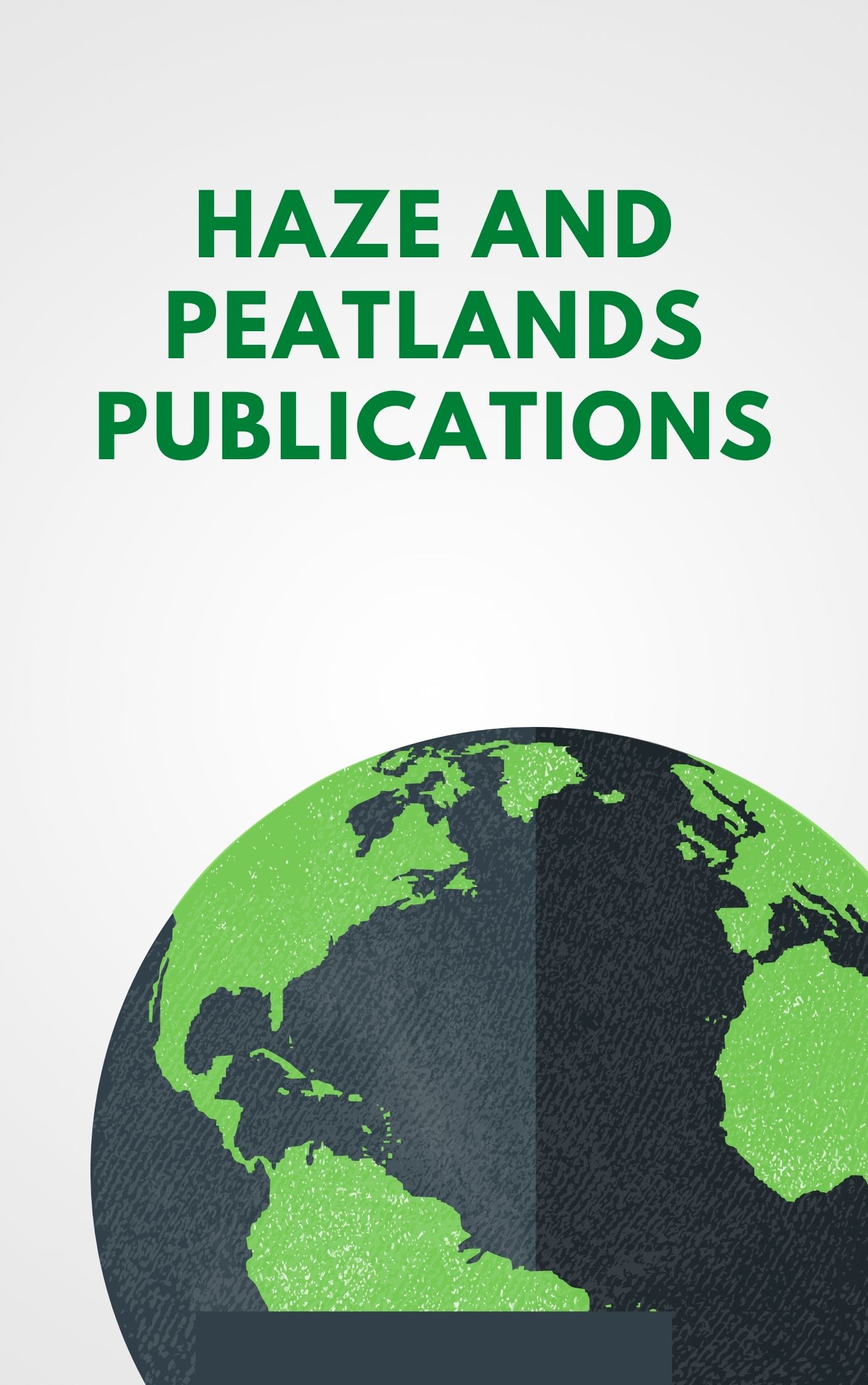This study characterizes impacts on PM2.5 of transboundary haze from peatland fires in Indonesia and local emission sources during 2019-2020 to a large and densely populated city, Hat Yai in southern Thailand. Organic carbon (OC), elemental carbon (EC), water soluble organic carbon (WSOC), water soluble ions (WSI: Cl-, NO3-, SO42- and NH4+), element tracers (K, Na, Mg and Ca), heavy metals (Cr, Co, Pb, Cd, Ni, Mn) and As, and 16 polycyclic aromatic hydrocarbon (PAHs) components from PM2.5 samples (n = 18) were measured to identify local and regional emission sources using a chemical mass balance (CMB) model. We used a combination of air mass backward trajectories and CMB source apportionment to identify PM2.5 sources. An increase of PM2.5 and chemical component concentrations, during the transboundary haze period, were clearly influenced by aerosols from open biomass burning in Indonesia: PAH concentrations were 2 times higher and OC concentrations, 5 times higher. Secondary organic carbons were predominant during transboundary haze periods, accounting for 52-58% of total OC, indicating higher secondary organic aerosol formation. High K levels demonstrated that the dominant source during this period was biomass burning. Whereas a high level of Ca in the background air came from urban road dust, as well as local biomass burning. Moreover, the increased concentration of SO42-, NH4 and NO3- during the wet season, as well as transboundary haze periods, was mainly derived the secondary inorganic aerosol formation. Effect on PM2.5 concentration from a volcanic eruption near the air mass trajectory during the sampling period was minimal. However, it may have contributed slightly to an increase of SO42- concentration in PM2.5. Sources of PM2.5 in Hat Yai were clearly influenced by local emission sources, e.g. diesel combustion and biomass burning (rubber wood and rice straw), transboundary haze and also secondary organic and inorganic aerosols.
View source

